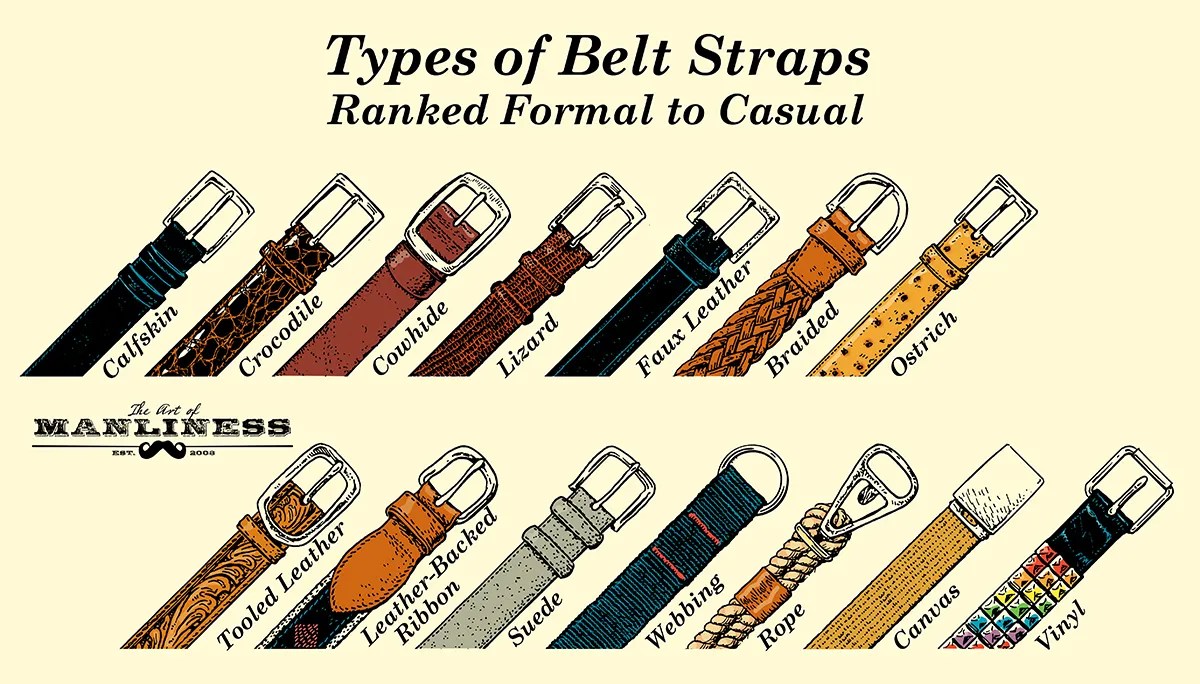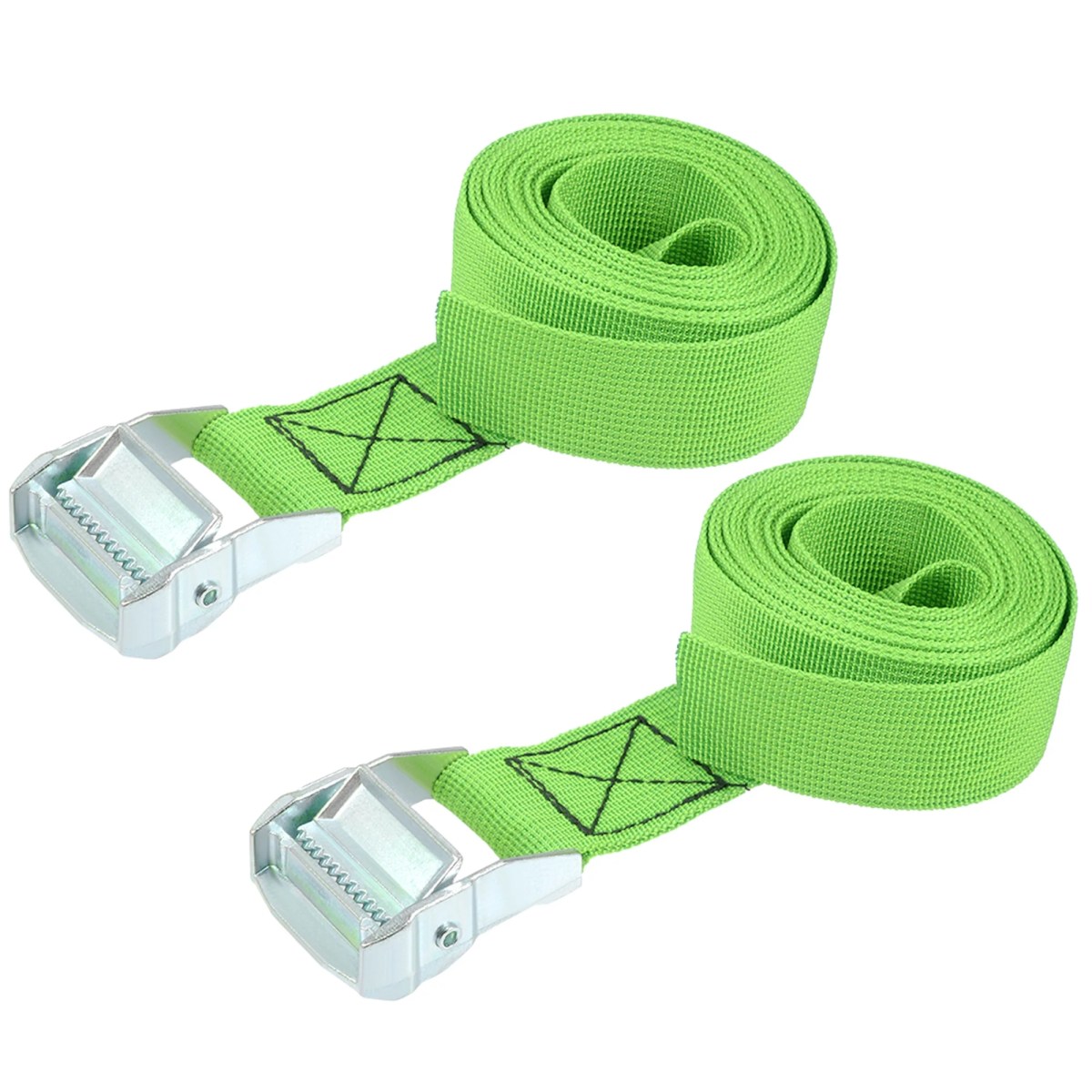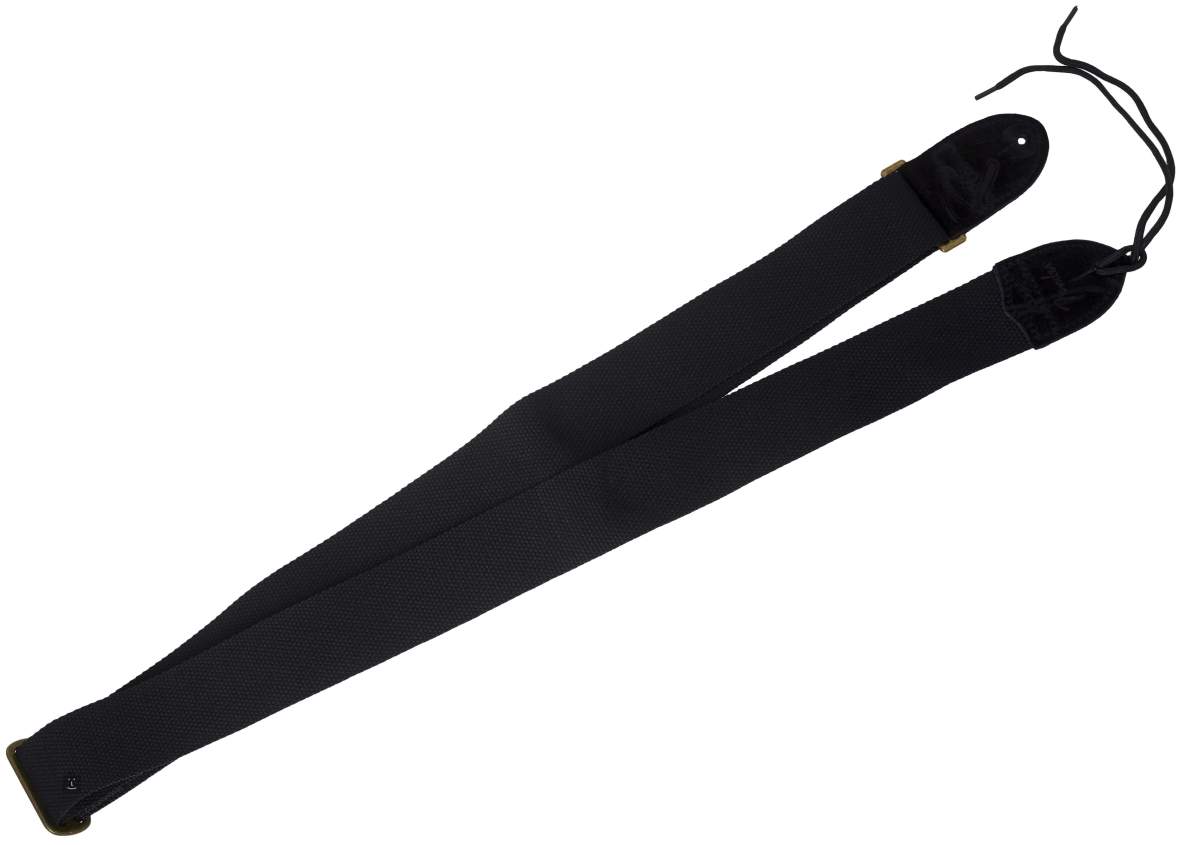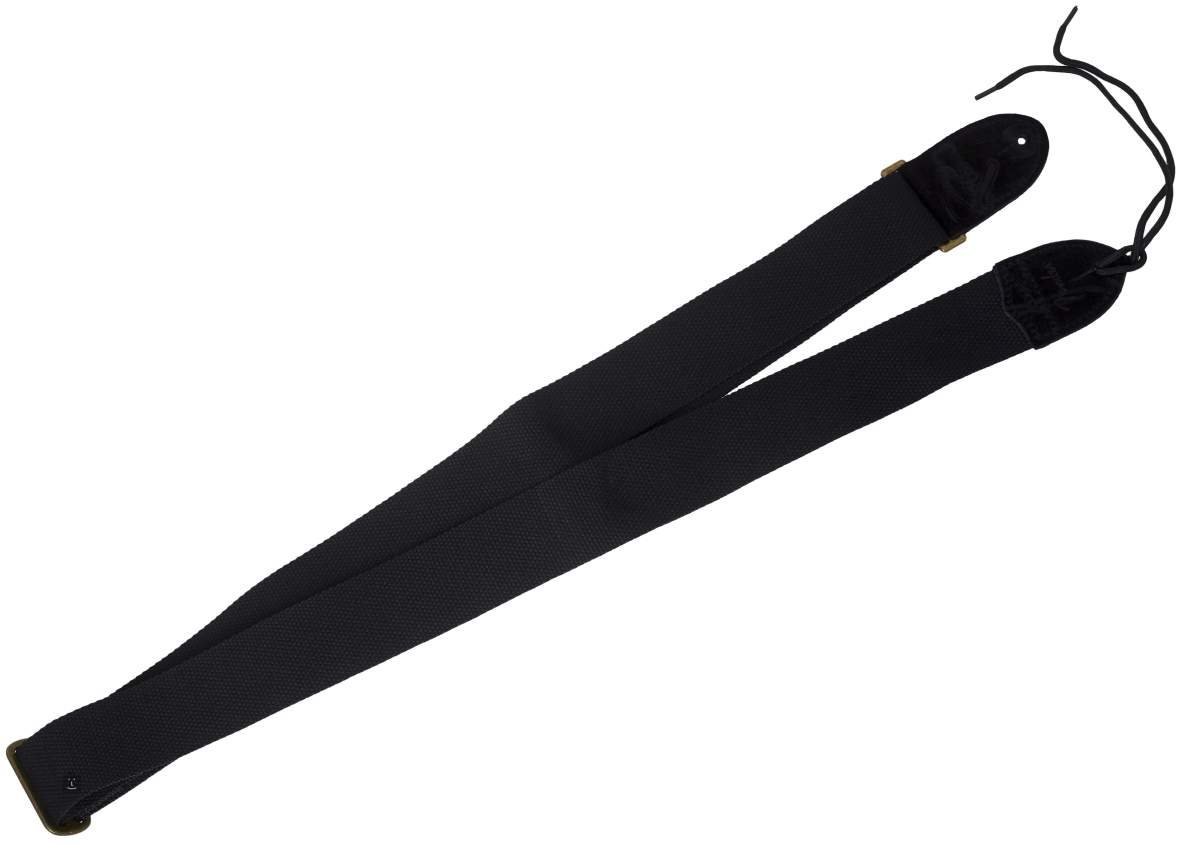Strap meaning goes beyond just a simple piece of material; it’s a word with surprisingly diverse applications. From its literal use as a fastening device to its figurative representation of restraint or connection, the term “strap” holds a rich tapestry of meanings across various contexts. This guide will explore these different facets, delving into its physical properties, metaphorical interpretations, and cultural significance.
We’ll examine the different types of straps—leather, fabric, metal—and their varied uses, from securing luggage to supporting safety harnesses. We’ll also unpack the metaphorical weight of “strap,” looking at its usage in idioms, literature, and everyday language to understand its nuances and hidden implications. Get ready to tighten your understanding of this versatile word!
So, “strap” can mean a lot of things – a fastening device, a band, even a type of punishment. Think about how tightly a strap holds something; it’s relevant to the news story about Khabib kicked off a plane , where maybe his behavior was seen as too “tight” or restricted. Getting back to straps, the word’s versatility makes it useful in many contexts, from practical to figurative.
Understanding the Meaning of “Strap”

The word “strap” holds a surprising amount of versatility, extending beyond its literal meaning of a narrow strip of material used for fastening or binding. This exploration delves into the various interpretations and applications of “strap,” from its physical form to its figurative uses in language and across different contexts.
Literal Meanings of “Strap”

At its core, a strap is a narrow strip of flexible material, often used to fasten, secure, or support something. Its composition can vary widely, impacting its strength, durability, and intended use. Common materials include leather, fabric (such as nylon or cotton), and metal.
Leather straps, known for their durability and classic aesthetic, are frequently found on luggage, handbags, and watches. Fabric straps offer versatility, often used in clothing, backpacks, and sporting equipment. Metal straps, typically made of steel or other strong alloys, are utilized in industrial applications where high tensile strength is required, such as securing heavy loads.
Straps vary in width, length, and fastening mechanisms. Width ranges from thin strips for delicate items to wide, robust straps for heavy-duty applications. Length is determined by the intended use, while fastening mechanisms can include buckles, snaps, hooks, or even simple knots.
| Material | Strength | Typical Uses |
|---|---|---|
| Leather | High (varies depending on thickness and tanning) | Luggage, handbags, watches, guitar straps |
| Nylon | Medium to High (high tensile strength) | Backpacks, harnesses, seatbelts |
| Metal (Steel) | Very High | Securing cargo, industrial equipment |
| Cotton | Low to Medium | Clothing, simple fastening |
Figurative Meanings of “Strap”
Beyond its physical form, “strap” also carries figurative meanings, often related to restraint, preparation, or strong connection.
So, you’re wondering about “strap meaning”? It depends on the context, right? Sometimes it’s about physical restraints, like the straps on a backpack. But think about the straps securing your DJI drone – check out this cool page on the dji flip drone only for ideas – and how crucial those straps are to safe transport.
Ultimately, “strap meaning” boils down to the specific situation and what’s being held secure.
- “To strap someone down” implies restraint or confinement, often in a literal or metaphorical sense. For instance, one might say a demanding job “strapped them down” to long hours.
- “Strap in” or “strap yourself in” suggests preparation for something challenging or exciting, anticipating an intense experience.
- The phrase can also indicate a strong connection or attachment, either physical or emotional. A close-knit family might be described as being “strapped together” by strong bonds.
Idioms and phrases incorporating “strap” further illustrate its figurative uses:
- Strap-hanging: Traveling on public transport while standing, holding onto a strap.
- Strapped for cash: Short of money.
“Strap” in Different Contexts, Strap meaning

The meaning and connotations of “strap” shift subtly depending on its context. In fashion, “strap” refers to the component of a handbag, watch, or sandal that allows for carrying or wearing. In industrial settings, “strap” denotes a strong, often metal, band used for securing heavy objects.
So, you’re wondering about “strap meaning”? It can refer to many things, from watch straps to camera straps, even the straps on a backpack. Thinking about securing your gear? Check out the DJI Flip capabilities showcased at dji flip canada to see how they handle their own straps and secure their drones. Understanding strap meaning is key to keeping your valuable equipment safe, no matter what you’re strapping down.
The word’s meaning is also shaped by surrounding words. “Shoulder strap” clearly implies a strap worn over the shoulder, while “cargo strap” signifies a robust strap used for industrial purposes. In music, “strap” might refer to a guitar strap; in technology, it could describe a fastening mechanism on a device.
Consider these examples: A “watch strap” is a delicate band of leather or metal, while a “lifting strap” is a heavy-duty piece of equipment for moving heavy objects.
Visual Representations of “Strap”

Imagine a richly colored, dark brown leather strap on a vintage suitcase. The leather is supple yet firm, showing subtle variations in tone and texture. Precise stitching runs along its edges, creating a clean and durable finish. The strap itself is wide enough to comfortably fit in the hand.
A safety harness, as depicted graphically, consists of several interwoven straps, each designed for a specific function. The shoulder straps distribute weight across the upper body, while the leg straps provide additional support and stability. A central waist strap ensures a secure fit.
An illustration showing various strap fastenings would depict buckles of different types (e.g., side-release, roller buckles), hooks and eyes, and simple knotting techniques. This illustration would emphasize the diverse ways straps can be secured, from quick-release mechanisms to more permanent fastenings.
Etymology and Historical Usage of “Strap”
The word “strap” has Old English roots, tracing back to “strappe,” itself possibly derived from a Proto-Germanic word. Its meaning has remained relatively consistent throughout history, primarily referring to a strip of material used for binding or fastening.
Literary examples throughout history showcase the word’s enduring presence. From descriptions of medieval weaponry to modern-day novels, “strap” consistently appears, often reflecting the material culture of its time.
Linguistic connections can be drawn between “strap” and similar words in other Germanic languages, indicating a shared ancestry and evolution. Variations exist, but the core meaning of a narrow, flexible strip remains largely consistent across related languages.
Final Review: Strap Meaning
Ultimately, understanding “strap meaning” requires appreciating its multifaceted nature. From the tangible strength of a leather strap to the emotional weight of being “strapped in” for a challenge, the word’s meaning adapts and evolves depending on context. This exploration has hopefully illuminated the diverse and compelling ways in which “strap” functions in language and culture, showcasing its surprising depth and adaptability.
Essential Questionnaire
What’s the difference between a belt and a strap?
While often used interchangeably, belts typically imply a wider, more structured band worn around the waist, whereas straps are often narrower and used for fastening or securing various objects.
Are there any legal uses of the word “strap”?
Yes, in legal contexts, “strap” might refer to specific parts of equipment or restraints, especially in relation to safety regulations or crime scene descriptions.
What are some less common idioms using “strap”?
While less frequent, phrases like “strapped for cash” (short of money) or “strap on your boots” (prepare for hard work) demonstrate the word’s adaptable nature.
